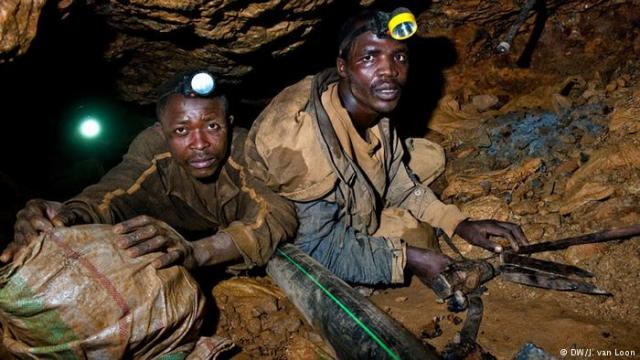
When it reaches full capacity, the Alphamin Bisie (ABM) tin mine in eastern Democratic Republic of Congo (DRC) will deliver 10,000 tonnes of tin per year, doubling the country’s export of the commodity.
First production is expected in 2019, and the mine will reach steady state production towards the end of that year. It is the first large commercial tin mine in the region to produce responsible, developmental, conflict-free tin concentrate, while promoting community development, safety, health and environmentally sound practices.
‘The Bisie tin deposit is one of the largest and most significant in the world. Future tin supply is globally uncertain as inventories are running low and economically viable reserves are being depleted. The International Tin Research Institute (ITRI) has forecast that there is likely to be a global shortfall of tin commencing in 2018,’ says Boris Kamstra, CEO of Alphamin.
Unlocking the potential of the mine holds local and international benefit. There are a limited number of active industrial scale tin mines outside of China and Indonesia and the majority of other new projects face significant technical, financing and other challenges, in addition obtaining the required permits to build new mines remain complex.
In explaining the significance of tin mining for global industry, he says that tin mining companies should attract increasing interest from the owners of consumer brands and their manufacturers, who use tin in their products (laptops, mobile phones and cars).
Alphamin is expected to deliver a significant return to investors through the full range of expected tin prices. Under the updated feasibility study the net present value (NPV) of the investment in Bisie amounts to $402.2 million and the internal rate of return (IRR) is 49.1 percent. The feasibility study is based on a $17,300 per ton tin price, the current price (14 August 2017) is $20,300.
‘The mine holds significant value for the region as it brings local and regional employment while adding to the region’s infrastructure and social well-being. Examples of such value include the building of the Luuka Primary School at Logu-walikale, substantial upgrade of the region’s roads and the provision of cell phone connectivity to the area. Through the Lowa Alliance, 115 development projects are partially financed by a percentage of the ABM operational expenses,’ Professor Anselme Paluku Kitakya, the North Kivu minister of mines, electricity, small & medium enterprises, industry and hydrocarbons.
Kitakya recognises the major challenges facing the region including insecurity, inadequate legal and regulatory frameworks, land-locked enclaves, inadequate infrastructure, fraud and contraband and declining exchange rates. However, he stresses that a lot is being done to overcome these challenges by working with industrial mining companies like Alphamin.
‘We created a special committee to support the development of the Alphamin Tin Mine at Bisie, the CAIMB, which includes 27 DRC government divisions and ministries. We also supported and co-led the anti-fraud investigation and reform of the implementation of the CNLFM/P which focused on eliminating fraud of ABM minerals to maintain integrity of conflict-free supply chains, peaceful migration of ASM miners to legal and viable sites,’ says the minister. –AB
























